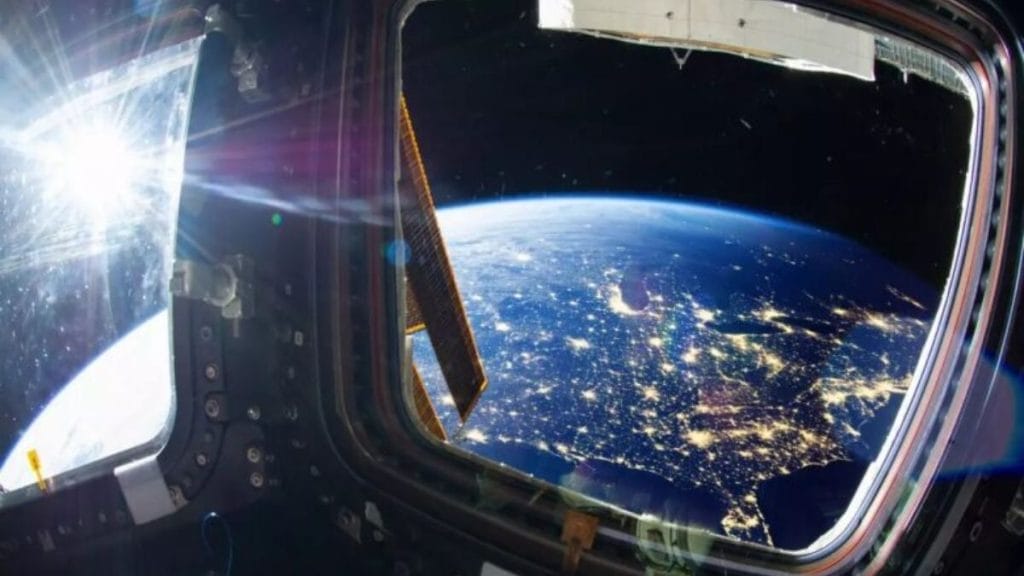New Delhi: According to a recent analysis by consulting company Arthur D. Little (ADL), the government-led programmes that formerly dominated the global space market are giving way to a rapidly expanding private sector presence.
According to the ADL report, which was published on Wednesday, India also reflects this transition and, with the appropriate policies, could increase its space economy from $8 billion to $100 billion by 2040.
The consulting firm refers to the following stage of the space industry’s history as Space 4.0, with the preceding three stages covering early astronomy, the race to the Moon, and increased international collaboration among states, some of which overlap with the new phase.
Currently, the Indian space market is expanding faster than the 2.2% global average, at a CAGR of 4.3%. By 2040, India’s space industry, if it continues on its current growth track, might be worth $40 billion. The paper contends that India may aim for and possibly reach a $100 billion space sector with a far greater growth rate.
According to ADL, a policy focus on promoting the adoption of satellite-based internet connectivity that can compete with terrestrial internet, becoming a global leader in launch services, and developing capacities in space mining, manufacturing, and in-orbit servicing will lead to the “unrealised $60 billion” that can materialise in an accelerated growth scenario.
According to ADL, success would result in a doubling of the space industry’s contribution to India’s GDP from its current level of 0.25% to 0.5% by 2040 and the potential creation of more than 3 million new jobs nationwide.
India currently has a meagre 2% of the global space economy, but the report predicts that if the current growth trajectory continues, it would increase to 4% over the period of 2022–2040, growing at a CAGR of 9.2%.
An important portion of the growth will come from both rising public spending on space exploration and the surge in private sector involvement, which will meet market demands for launch services and satellite services (including media and entertainment, communication, navigation, and internet connectivity).
How the private sector views this potential is measured by the emergence of local space startups following the recent opening of the industry, with the Indian Space Research Organisation (ISRO) playing a crucial role. After the government established the Indian National Space Promotion and Authorization Centre (INSPACe), which serves as a conduit between ISRO and private-sector space enterprises, space startups received $112 million in funding in 2022, and of the $247 million received since 2016, $204 million, or just over four-fifths, have come in 2021 and 2022.
Despite such a rush of investment, funding and technology remain key challenges, the ADL report notes. The government is actively considering proposals for the revision of the FDI policy for the space sector.
IN-SPACe chairman Pawan Goenka had said in May that the revised FDI policy should be out “in three months” even as the government had earlier said that “the specific role of IN-SPACe for channeling FDI will evolve after approval of revised FDI policy.”
Towards this end, in terms of both funding and technological collaboration from other geographies, India should build a “white-list” of jurisdictions, believes Brajesh Singh, associate director of ADL South Asia and India. “We need to relook at global relationships we have built in the past. A lot of changes have happened in the recent years on this”, Singh said in reply to a question at the release.
India may have built a reputation for high-level technological proficiency on a shoestring budget, but rival China launches ten times as many satellites annually and has 500 operating spacecraft compared to India’s 50.





